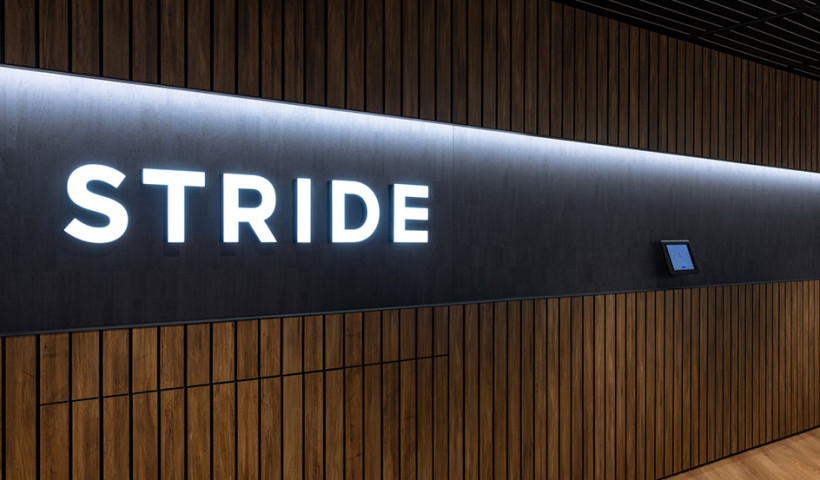
The old kiwi dream of a three bedroom house on a quarter acre section has passed for many New Zealanders as property prices rise and cities expand.
Intricate single storey bungalows have been superseded by multi-dwelling buildings and apartment blocks. With this change to the property market, houses are also changing — with less space available and the growing requirement for multi-functional areas, designers are having to become more creative, and this is seen nowhere more clearly than in the kitchen.
Nowadays the kitchen is the hub of the home; not only is this space used to prepare, cook food and then wash up afterwards, but also to dine and interact with one another. Children do homework perched at a breakfast bar in the evenings, and often the laundry is housed within the space of the kitchen also. Designers now have to get creative with appliances, storage space and even surfaces.
Each year the Fletcher Building Laminates and Panels Global Design Team travel to the biggest industry shows across Europe, Asia, the Americas and even New Zealand. The move to smaller, hyper-functional kitchens is a trend they've witnessed moving across Europe and North America and now to New Zealand shores. In the past, the use of technology in the kitchen focused on making the space more ergonomic, and enhancing storage. What they're seeing now are mobile pieces of kitchen furniture that shift to reveal functional spaces such as ovens and sinks; the 'invisible' kitchen. With flexible plumbing and electricity, the kitchen can change and shift depending on the task at hand. When not in use these functional items retract to create surfaces for dining or other family activities such as reading the paper or the kids doing homework. This allows homes to reduce their square meterage to allow for more dwellings in rapidly expanding cities.
To counteract this increase in technology into homeowners' lives, the trends around colours and fabrics are moving back to the organic and handmade, reinforcing the house as a home and a refuge from the outside world. As kitchens move and change to fulfil ever-changing demands, designers and homeowners are looking to benchtops and cabinetry to reflect the natural world with stone patterns and woodgrains. With affordable and easy clean alternatives to natural stone such as Formica 180fx laminate and Caesarstone engineered stone benchtops, softer, warmer surfaces are brought to the kitchen whilst maintaining the natural look. This is echoed in cabinetry where Melteca's Puregrain finish mimics the look and feel of real wood, bringing a more tactile quality to kitchen surfaces.
Expanding on these trends, Laminex New Zealand brings Future Vision, a biennial look into the colour and surface trends that are set to have a big impact in 2016 and beyond.
For more information please contact your Laminex New Zealand representative.













 New Products
New Products









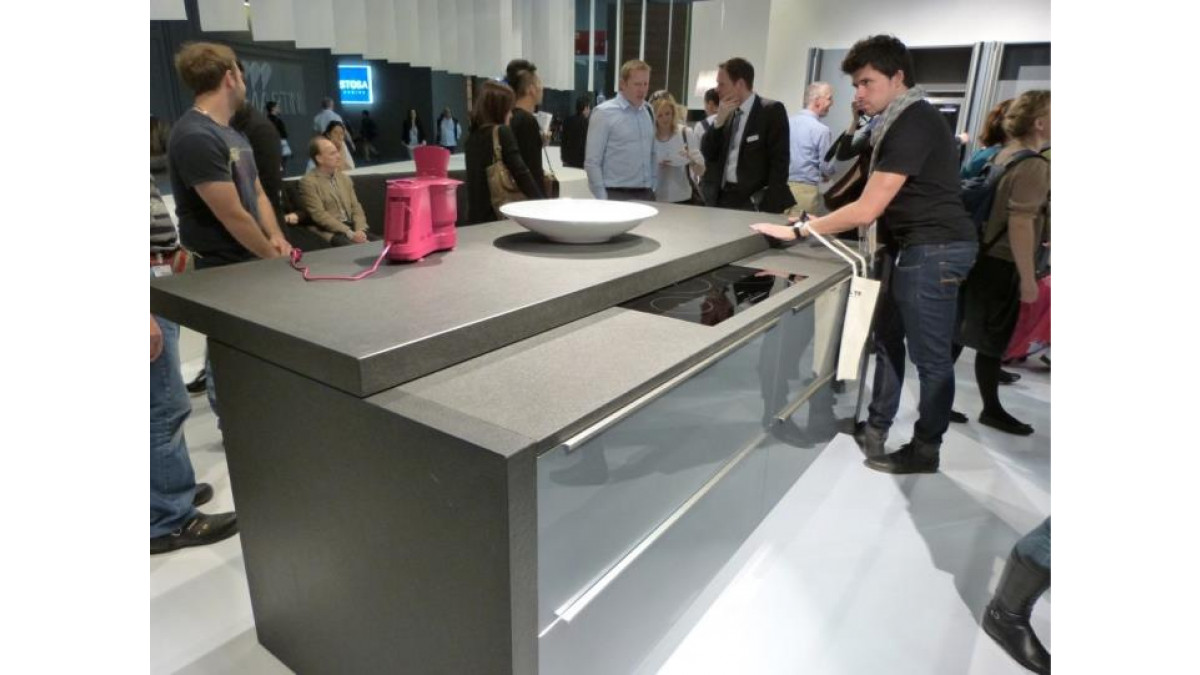
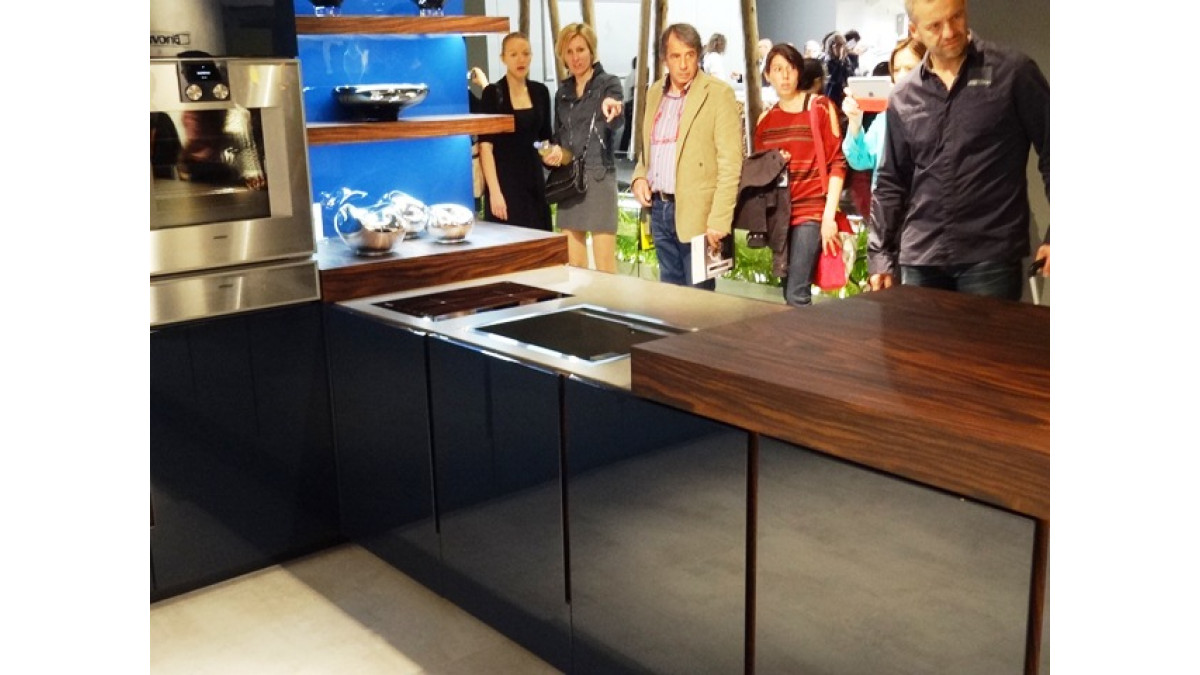
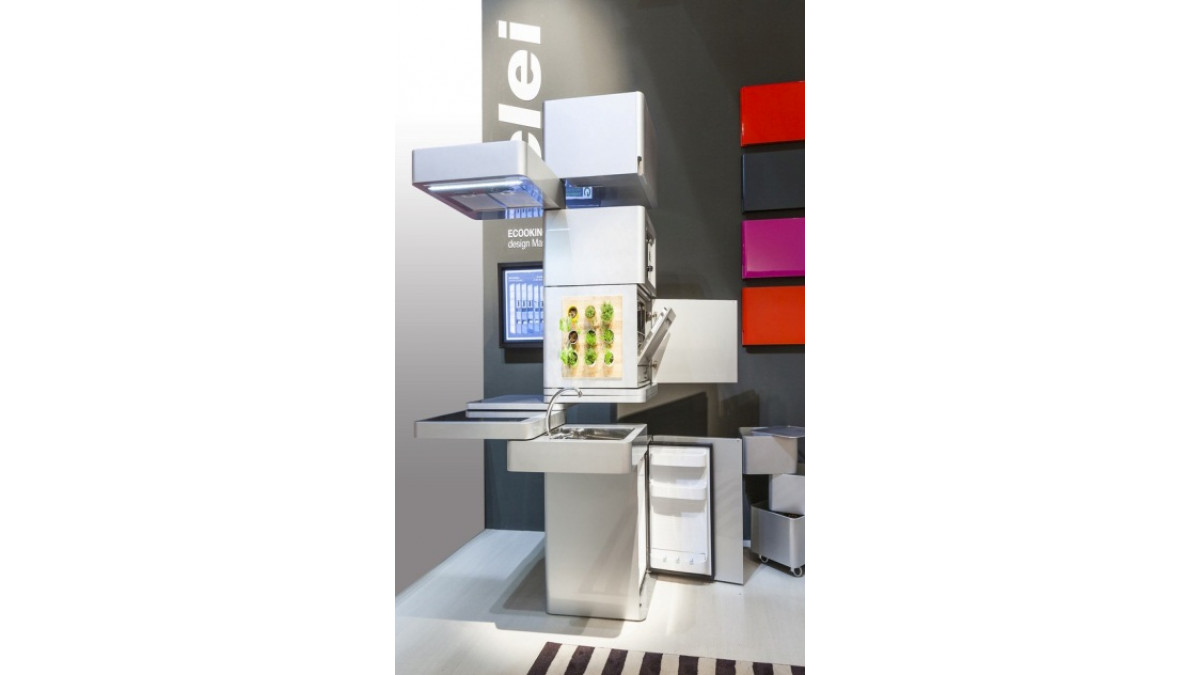


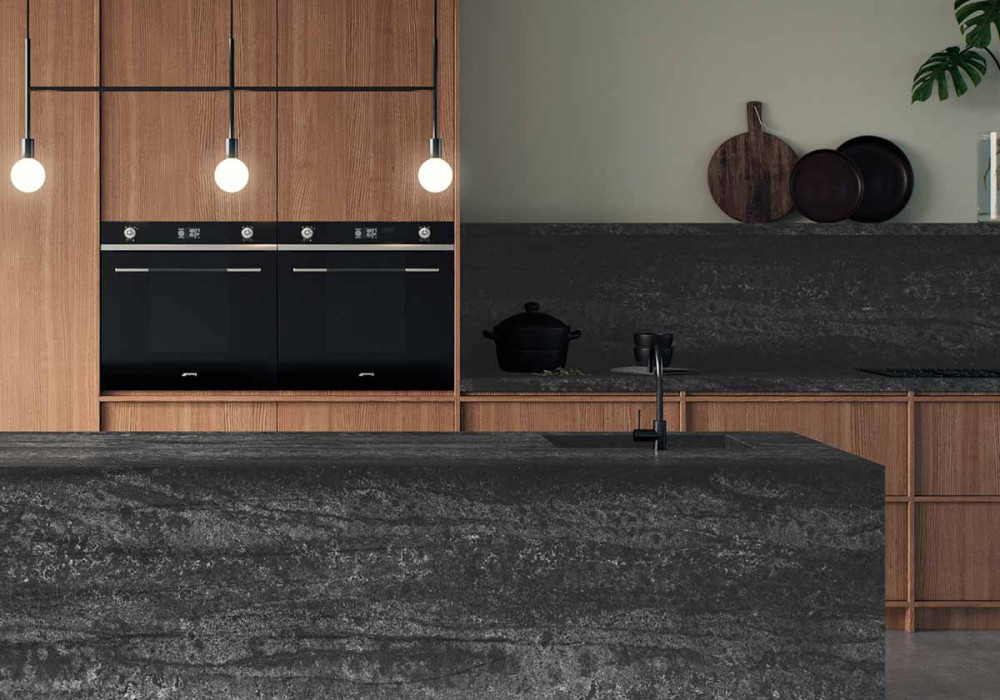
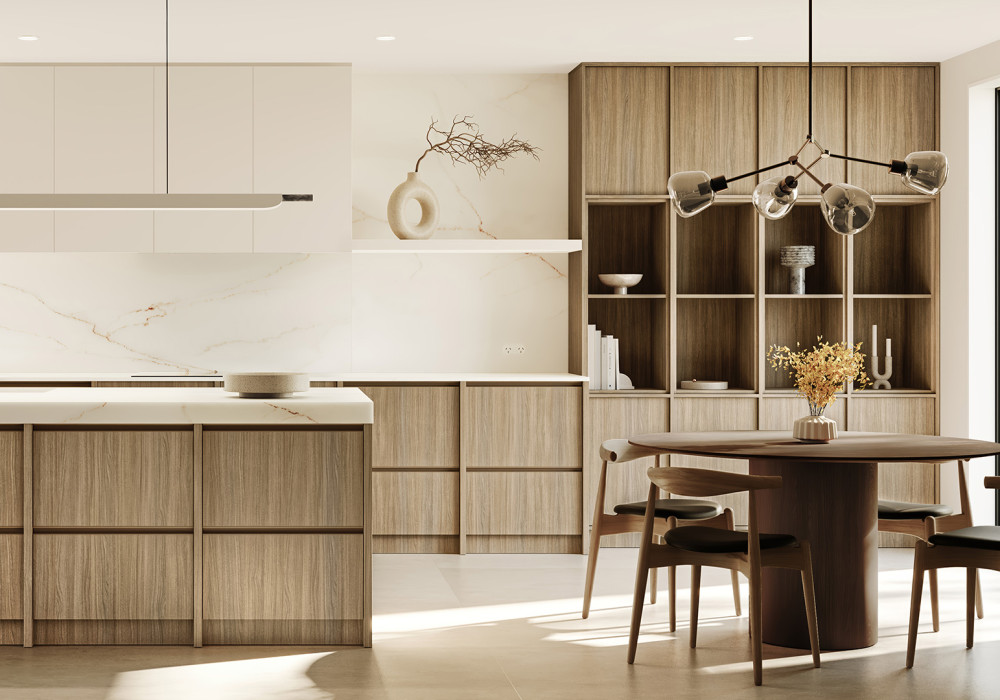

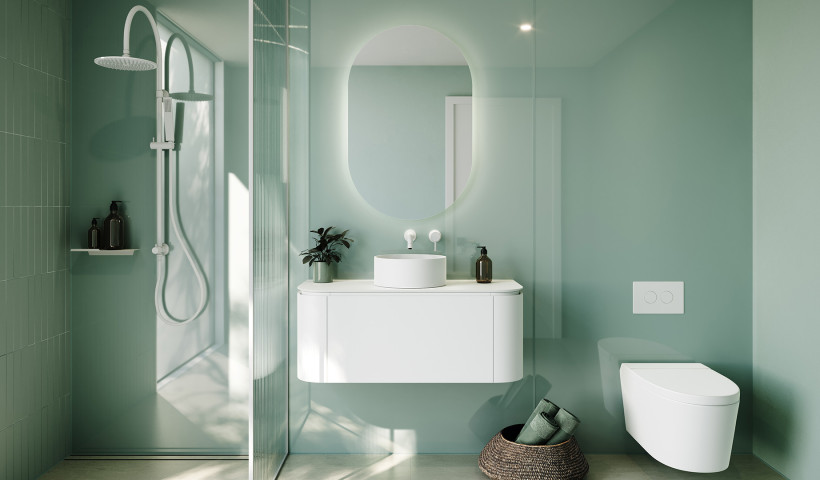
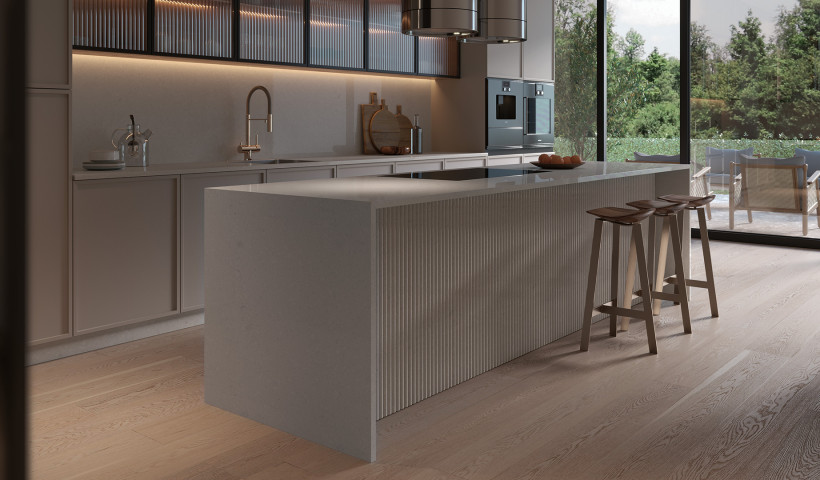
 Popular Products from Laminex New Zealand
Popular Products from Laminex New Zealand

 Most Popular
Most Popular


 Popular Blog Posts
Popular Blog Posts
